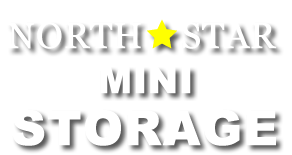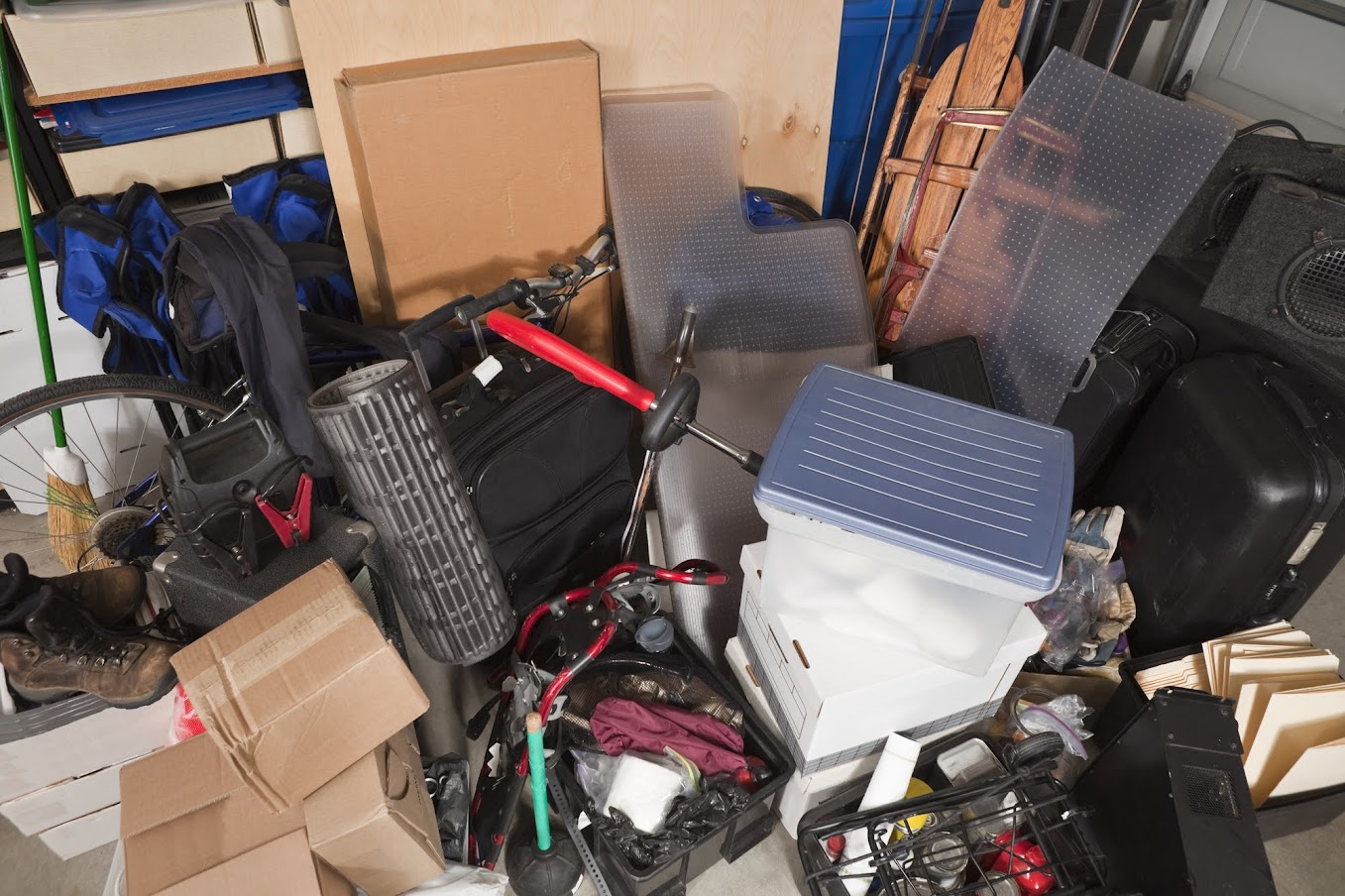Plan Now to Keep Your Storage Unit Organized — 6 Tips
Self-storage units are a great way to extend the storage space of your home or business with little investment and no long-term obligations. But if you care enough about items to put them in rented storage, you want to be able to find and access them later. You may even want to rotate items, add more stuff, or find new homes for some of what goes into the unit.
The key to successfully maintaining access to your belongings is the organization of the unit. How can you organize your space so you don’t end up with an unruly stack of inaccessible boxes and bags? Here are six tips anyone can apply.
1. Label Everything
Good organization begins when you’re packing up your stuff. Take the time to create a labeling system that makes sense to you and your family.
This might be color-coded for different rooms, departments, or contents, for example. You may use numbers to separately identify each box or item. Or you could just use names or rooms. However, don’t stop there. Add some detail about the contents. The label doesn’t need to include everything, but it should include the major items.
2. Create an Inventory
A master inventory list tells you what’s in the storage unit and approximately where to find it. Your inventory can be as detailed or as simple as you want. You can create it using pen and paper, a specialized inventory app, or just notes on your family’s shared cloud storage drive.
Whatever the method, include at least the most important identifying information: box label or color code, its location in the unit, its contents, and any special notes for your needs (such as when it was placed inside).
3. Use Clear Bins
Labeling all your contents is important, but you might want to add one more element: clear containers. Most storage unit renters tend to gather up and use whatever containers they can find — especially free ones. This means a bunch of cardboard boxes and bags, household blankets as covers, and other ubiquitous materials. Unfortunately, while this saves money and can be easier, it also makes identifying your stuff harder.
Instead, invest in clear bins for some (if not all) items so you can see what’s inside. Clear plastic covers and bags also help you identify things you need without moving everything around. It’s safer, faster, and more efficient in the long run.
4. Rent Larger Spaces
To keep things accessible, you’ll need more space. This is the simplest move that can give you the best bang for your buck when it comes to facilitating access. Even if you’re not perfectly organized in other ways, having more space to move around in will automatically make things easier to get to.
Renting a storage unit one size larger than you expect to need gives you room to leave aisles, keeps stacks from becoming too tall, and allows you to make room for workspaces.
5. Keep Clear Aisles
Your storage unit should feature at least one clear aisle for physical access. Smaller units may just need one aisle down the center for maneuvering, but larger units could benefit from two or more aisles at equal distances. When planning your aisles, measure them by how far you can reach into the storage area while standing in the aisle. The goal should be to be able to reach everything without venturing too far inward.
You may want to mark your aisles before filling the unit. This helps everyone keep them clear and aids in creating a storage strategy from the outset. Use painter’s tape on the floor or create physical barriers to prevent anyone from straying into the aisle with stuff.
6. Add Organization Tools
Storage units are generally made of a simple and unobstructed floor space and four walls. But that doesn’t mean you can’t add your own organizational tools. Shelves are the most common. Free-standing shelf units come in a wide range of sizes, shapes, and materials. They will keep your smaller boxes or miscellaneous stuff safe and accessible.
Depending on the unit’s structure, you may also be able to use S-hooks to hang items from the ceiling or straps to keep things safely vertical along walls. Look for organizational tools specific to what you plan to store. Rolling clothes racks, for instance, are perfect for hanging many delicate or bulky items rather than just clothes.
Clearly, planning and preparation are key to keeping your storage unit organized and ready for use in any situation. Start by touring self-storage facilities in your area to learn what they have to offer, find the right size for your stuff, and begin strategizing your packing system.
North Star Mini Storage is ready to help. We offer a range of sizes and amenities like climate control in eight convenient locations to keep your belongings accessible at all times. Call or visit today to learn more.



